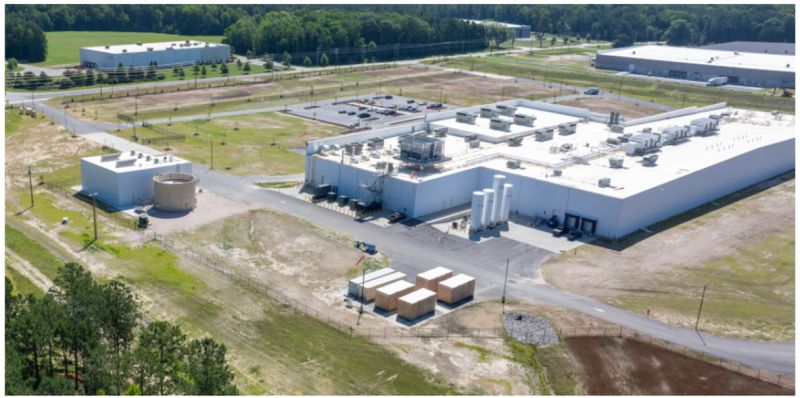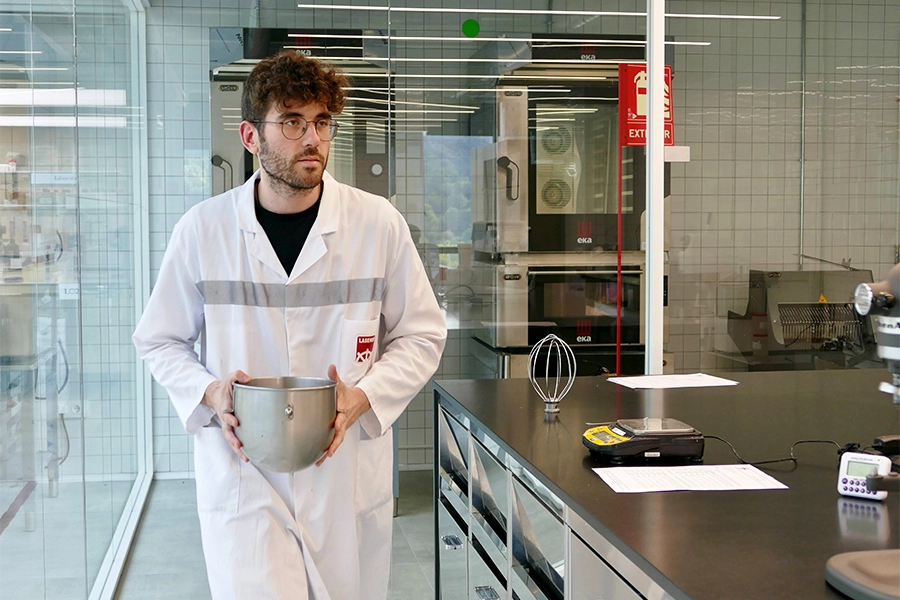

BioCraft secures approval to sell cultured pet food ingredients in European Union
BioCraft Pet Nutrition has received official registration from Austrian authorities to use Category 3 Animal Byproducts (ABP) in the European Union, clearing a critical regulatory hurdle that enables the company to begin commercializing its cell-cultured ingredients for pet food across the EU.
Based in Vienna, Austria, BioCraft is among the first biotechnology companies to develop animal cell-cultured ingredients specifically for the pet food market. The registration allows BioCraft to multiply animal cells 'for the production of pet food', formally recognizing its legal status as a Feed Business Operator under EU regulation.
Currently, the EU does not require pre-market approval for novel or alternative ingredients used in animal feed, including pet food. Instead, companies must comply with strict safety regulations, demonstrate traceability, and obtain registration for the use of animal byproducts. BioCraft has now met these obligations and is listed on the EU Feed Material Register.
To achieve this status, BioCraft completed a comprehensive Hazard Analysis and Critical Control Point (HACCP) plan in line with Regulation 183/2005. The company also voluntarily followed dossier requirements for an EU Feed Additive under Regulation (EC) No 1831/2003 – typically the highest standard for pet food ingredients. Safety data was compiled over a three-year period with the help of in-house and third-party experts in veterinary medicine, food safety, and food science.
Testing confirmed that BioCraft’s cultured ingredients are made from stable, non-immortalized, and non-genetically modified animal cells. The products were shown to be free from bacterial pathogens, viruses including retroviruses, molds, yeasts, mycotoxins, heavy metals, and biogenic amines – naturally occurring compounds that can be harmful at high concentrations.
Further analysis by third-party laboratories assessed over 100 nutrients and found BioCraft’s cultured ingredient nutritionally comparable to conventional meat slurry, the standard input used in many commercial pet food products. Key amino acids such as taurine, lysine, methionine, and tryptophan were found in similar amounts, with BioCraft’s ingredient offering a more favorable Omega-6 to Omega-3 fatty acid ratio than conventional chicken-based slurry.

“Achieving ABP registration for an animal cell-based ingredient in the EU is a significant milestone for BioCraft and the industry as a whole,” commented Dr Shannon Falconer, Founder & CEO of BioCraft. “This comprehensive safety analysis goes well beyond regulatory compliance and provides a meticulous breakdown of our feed safety protocols, including stringent supplier verification processes, traceability documentation, risk assessments, and SOPs for every critical control point.”
Falconer added that BioCraft has implemented rigorous quality control procedures and supply chain transparency to ensure product integrity.
The development has drawn interest from European manufacturers. “Pet food producers are following this market space eagerly because there is a need for more ingredients that are supply-chain stable, sustainable, scalable, safe, and ethical,” added Patricia Heydtmann, Quality & Product Development Director at Partner in Pet Food, one of Europe’s leading pet food manufacturers. “BioCraft’s HACCP plan detailing safety and nutritional quality are an additional assurance that its ingredients are ready to be developed into healthy products that our cats and dogs will enjoy.”
BioCraft’s ingredient is unstructured and made from culture-grown animal cells. It does not require further downstream processing and is designed to integrate seamlessly into existing production lines. According to the company, its ingredient can serve as a one-to-one replacement for conventional meat slurry in both wet and dry pet food applications.
The first product developed by BioCraft uses mouse cells, which the company notes are part of the ancestral prey diet of both cats and dogs. While it may not appeal to human palates, the ingredient has reportedly been well-received by its intended consumers – pets.
If you have any questions or would like to get in touch with us, please email info@futureofproteinproduction.com






